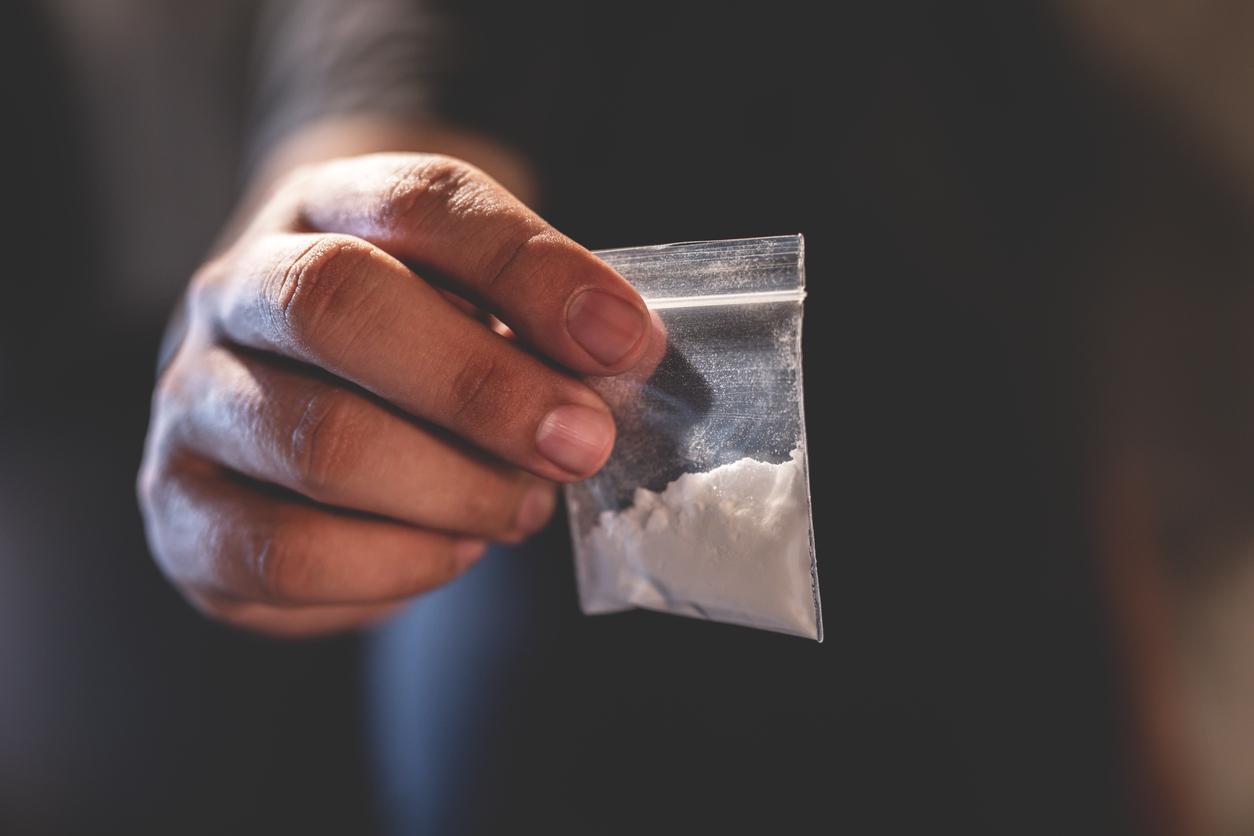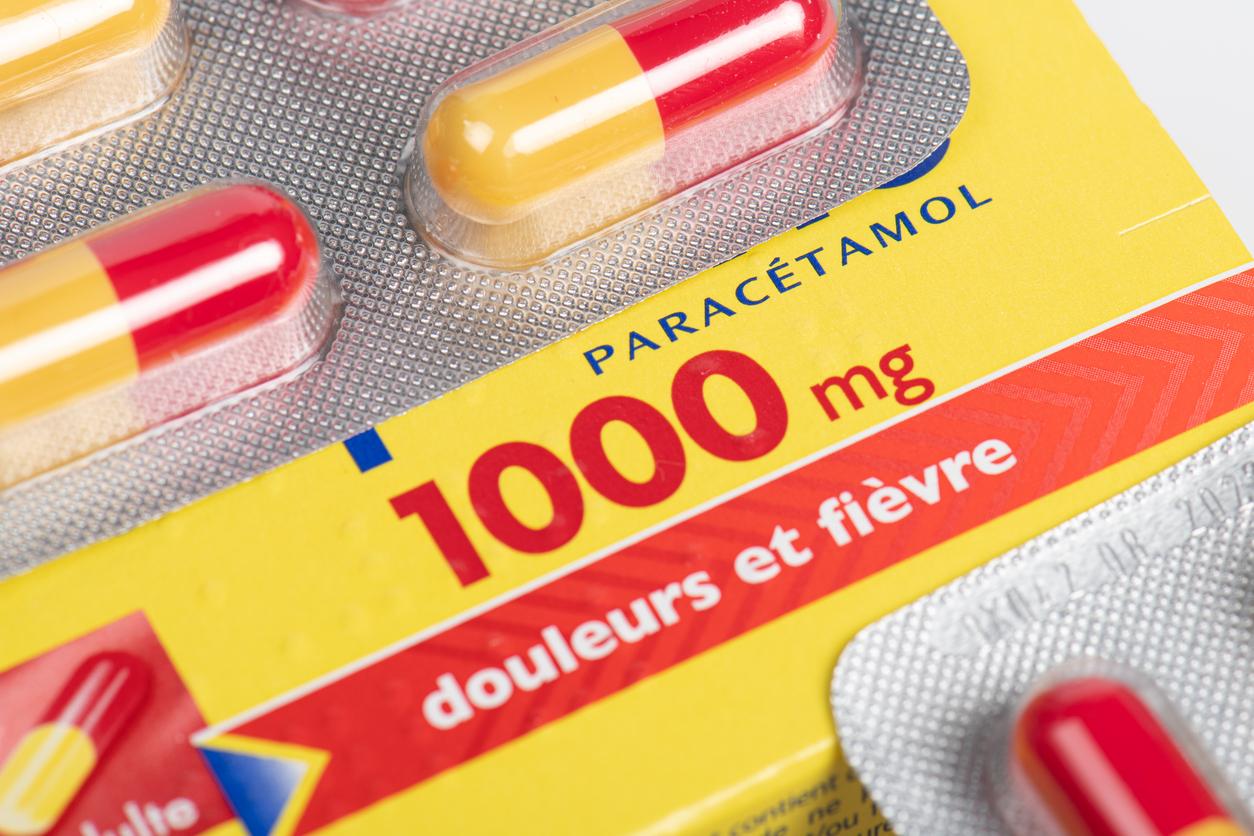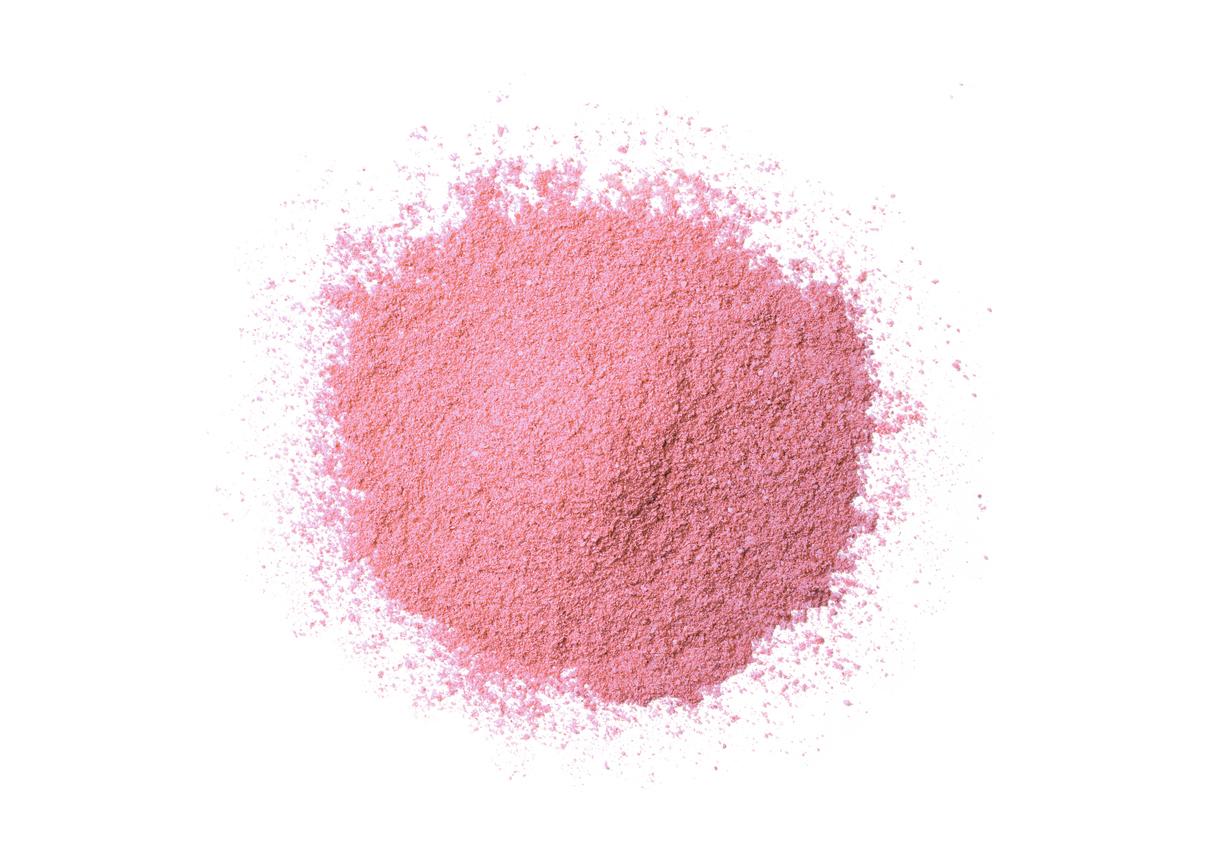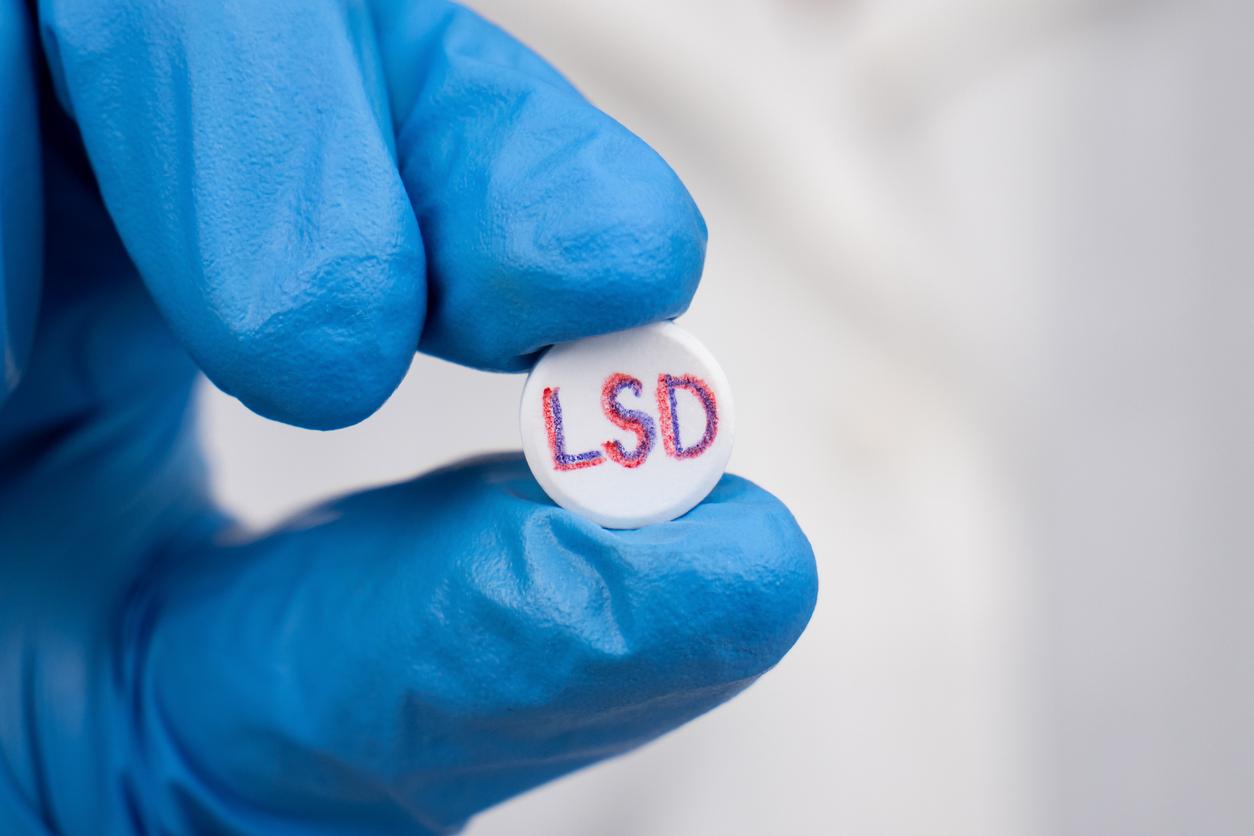Rather, it is known by its trade name: paracetamol is the active substance found in our Doliprane® or Dafalgan® tablets.
Synthesized for the first time at the end of the 19th century, paracetamol is now present in more than 200 drugs marketed in France. In chemical language, we speak rather of para-acetyl-amino-phenol: it is the contraction of this barbaric term which gave the word “paracetamol”. The chemical formula of paracetamol is C8H9NO2; in other countries it is also called “acetaminophen”.
To know. Paracetamol is the most widely consumed analgesic drug in France: each year, more than 90% of French people take it.
What are the indications for paracetamol?
Paracetamol is an analgesic and antipyretic molecule. Clearly, this means that it is effective in fighting pain, and that it also fights fever. The main indications for paracetamol are therefore:
- Treatment of pain of mild to moderate intensity in adults or children: muscle or tendon pain (cramps, body aches, tendinitis, etc.), joint pain (osteoarthritis, sprains, etc.), headaches (migraines…), stomach aches (ulcers…)…
- The treatment of fever / febrile states in adults or children.
To know. If the mechanism of action of paracetamol is still poorly understood, we know that this molecule acts within about 20 minutes after taking and for about 4 hours.
In pharmacies, paracetamol exists in the form of tablets or capsules (Doliprane®, Dafalgan®…), in the form of drinkable suspensions (Efferalgan®, Dolko®…) or even in the form of suppositories.
Paracetamol: are there any contraindications? The only strict contraindication for paracetamol is severe liver disease.
If you suffer from kidney disease (kidney failure, diabetic nephropathy…) or liver disease (cirrhosis, hepatic failure…), if you suffer from chronic alcoholism and/or if you weigh less than 50 kg, it is best to consult a healthcare professional before taking paracetamol. Self-medication should therefore be avoided.
Paracetamol: what are the good reflexes?
To use paracetamol without risk, there is only one rule to remember: paracetamol is used at the lowest possible effective dose and for the shortest duration.
In self-medication, there are several rules to follow:
- In case of fever or pain, start with 500 mg of paracetamol (this corresponds to 1 tablet of Doliprane 500 mg®),
- Wait at least 4 hours before taking paracetamol again; in children, wait at least 6 hours,
- Never take more than 1 g of paracetamol at one time (this corresponds to 2 tablets of Doliprane 500 mg® or 1 tablet of Doliprane 1000mg®),
- Never take more than 3 g of paracetamol per day.
- If the pain is still there after 5 days, or if the fever persists for more than 3 days, above all do not increase the dose of paracetamol: make an appointment with your doctor.
Paracetamol for children. The maximum daily dose of paracetamol depends on the weight of the child (approximately 60 mg/kg per day: in a 30 kg child, the limit is therefore 1.8 g of paracetamol per day). In a child under 40 kilos, it should not exceed 2 grams (i.e. 4 tablets of 500 mg) per day. In case of doubt, the opinion of the pediatrician remains essential.
Paracetamol: what are the risks in case of overdose?
We speak of overdose when we take too much paracetamol per day (more than 3 g for an adult, more than 2 g in a child under 40 kilos) or when we do not respect the waiting time between two doses of paracetamol (between 4 hours and 6 hours).
Problem: in the event of an overdose, paracetamol can be responsible for serious and irreversible damage to the liver. Thus, the misuse of paracetamol is the leading cause of drug-induced liver transplantation in France.
Yes, but here it is: paracetamol is present in many medicines – and in particular in medicines (marketed over the counter) against pain, against fever, against allergies, against cold symptoms or even against flu symptoms. Do not hesitate to ask your doctor or pharmacist which medicines contain paracetamol, to prevent the risk of overdose!
Sources:
- French Observatory of Analgesic Medicines
- Vidal Encyclopedia
- Public Drug Database
- Press release National Agency for the Safety of Medicines and Health Products (ANSM)
Read also :
- Pregnancy and paracetamol: risks for the fetus
- Aspirin, Nurofen or Doliprane are no longer freely available
- Non-prescription painkillers: priority to paracetamol
- Which painkiller to choose?
















